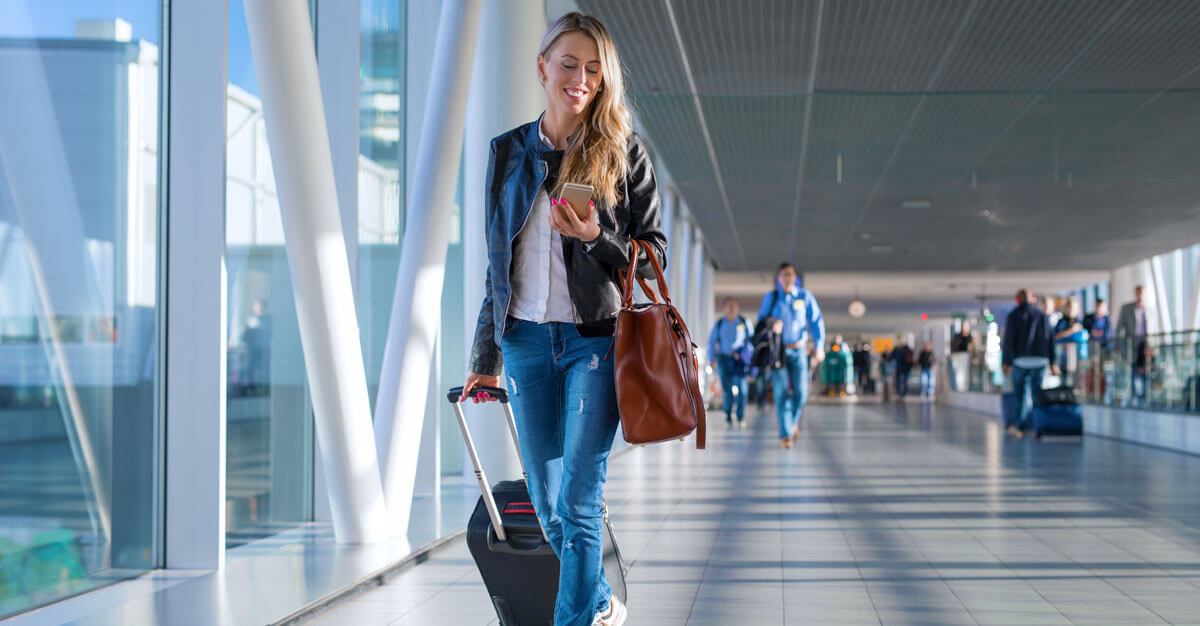Travelling can be an exciting adventure, but for individuals with diabetes, it also comes with the responsibility of managing their condition on the go. With proper planning and preparation, people with diabetes can enjoy a smooth and safe journey, whether they’re exploring new destinations or visiting loved ones. In this blog, we will provide essential tips for travelling with diabetes to help you maintain control of your blood sugar levels and ensure a stress-free trip.
Consult Your Healthcare Provider Before Traveling:
Before embarking on your journey, schedule a visit with your healthcare provider or diabetes specialist. Discuss your travel plans, and ensure your diabetes management plan is up-to-date. Make sure you have enough medications, insulin, and testing supplies for the duration of your trip, including extra in case of unexpected delays.
Pack Medications and Supplies Carefully:
Pack all your diabetes medications and supplies in your carry-on bag, along with a prescription for insulin or other medications. This ensures that your essential items are with you at all times and not at risk of getting lost or damaged with checked luggage. Be mindful of temperature-sensitive insulin, as extreme heat or cold can affect its effectiveness.

Stay Hydrated and Mind Your Meals:
Maintaining proper hydration is crucial for everyone, especially for individuals with diabetes. Keep a refillable water bottle handy and drink water regularly, particularly during flights or in hot climates. Plan your meals in advance and carry healthy snacks like nuts, fruits, or granola bars to prevent blood sugar fluctuations.
Be Mindful of Time Zones:
If you’re travelling across different time zones, it’s essential to adjust your insulin or medication schedule accordingly. Consult with your healthcare provider on how to manage time zone changes and keep track of the local time at your destination to avoid any missed doses.
Inform Travel Companions About Your Diabetes:
If you’re travelling with friends or family, inform them about your diabetes and what to do in case of an emergency. Share information on how to recognize signs of low or high blood sugar levels and how to administer glucagon or assist you with insulin injections if needed.
Wear a Medical Alert Bracelet:
Wearing a medical alert bracelet or necklace that indicates your diabetes condition can be lifesaving in case of an emergency. It alerts first responders or healthcare professionals about your condition, ensuring appropriate care is provided.

Research Local Medical Facilities:
Before travelling, research the medical facilities available at your destination. Know the location of the nearest hospital or clinic in case of any medical emergencies related to your diabetes.
Take Care of Your Feet:
Foot care is essential for people with diabetes, as the condition can affect circulation and nerve sensitivity. Wear comfortable and well-fitting shoes for walking, and inspect your feet regularly for any cuts, blisters, or sores.
Enjoy Physical Activities Safely:
Engaging in physical activities during your trip is a great way to stay active and manage diabetes. However, be mindful of your blood sugar levels and carry quick-acting glucose tablets or snacks to treat low blood sugar during exercise.
By following these travel tips, individuals with diabetes can have a memorable and worry-free journey while effectively managing their condition. Remember to stay vigilant, plan ahead, and prioritize your health to make the most of your travel experiences.
